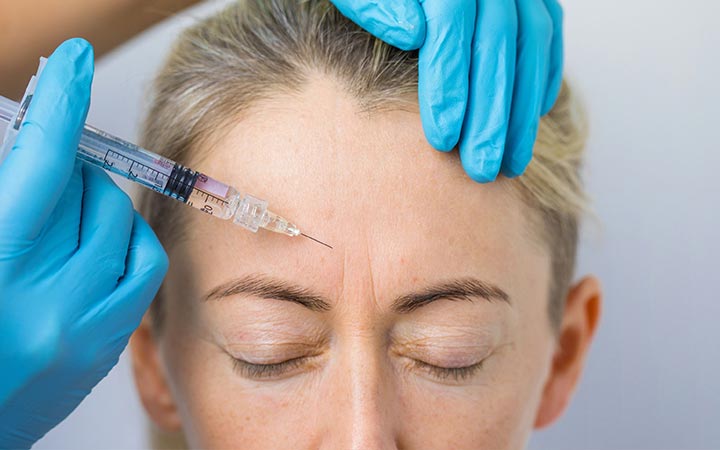Botox is an injectable treatment that can help reduce the appearance of facial wrinkles and lines. It can significantly improve the severity of neck lines and bands, frown lines, crow’s feet, and forehead furrows.
For those who are looking into getting Botox, it’s important to first consult with a licensed medical practitioner who can help them understand the benefits and risks of the treatment.
A licensed practitioner can also decide whether they’re a good or an unsuitable candidate for Botox.
Who is a Good Candidate for Botox?
The best Botox candidates are those who are at least 18 years old, physically healthy, not pregnant or nursing, and don’t have a history of neuromuscular diseases such as myasthenia gravis or multiple sclerosis.
Here are some of the other essential characteristics of a good candidate for Botox:
- Mature adults with healthy skin with moderate elasticity, but is starting to show signs of aging
- Has realistic goals and expectations for improvement
- The wrinkles and lines are found in areas that Botox can treat effectively such as around the neck, on the forehead, or between the eyes
- The wrinkles are moderate to severe
In general, Botox is most suitable for improving the appearance of dynamic wrinkles. These are wrinkles that develop due to the muscle contractions when a person makes natural movements on their face.
Essentially, the wrinkles that form when a person smiles, frowns, gets angry, cries, or laughs are considered dynamic wrinkles. These are different from static wrinkles, which may be present on the person’s face regardless of the movements they make, due to loss of volume and other skin deficiencies.
Who is NOT a Suitable Candidate for Botox?
Below are some of the characteristics of someone who is not suitable for Botox:
- Has an allergy to any of the ingredients in Botox (e.g. the protein found in eggs is also the same protein found in Botox)
- Has a severe infection or illness, including neuromuscular conditions or diabetes
- Is taking medications, such as antibiotics that are aminoglycosides, which can interfere with the effects of Botox
- Has very thick facial skin or deep facial scars
- Has ptosis (or drooping eyelids) or any other existing weakness in any of the target muscles
- Has significant facial asymmetry
Book a Free Consultation Analysis
To get the best possible outcomes, you should understand what the product can and cannot do. The results of the treatment may also vary among different patients.
Some people respond to Botox better than others. In certain cases, a different treatment may be more suitable for the patient to get their expected level of improvement. It takes a trained and licensed professional to determine candidate suitability.
Before getting the treatment, it’s important to discuss the situation and your expectations with your medical provider. You should also provide them with comprehensive information about your medical history and any medications or supplements you may be currently taking.
Contact us to learn more about your free skin consultation analysis.


